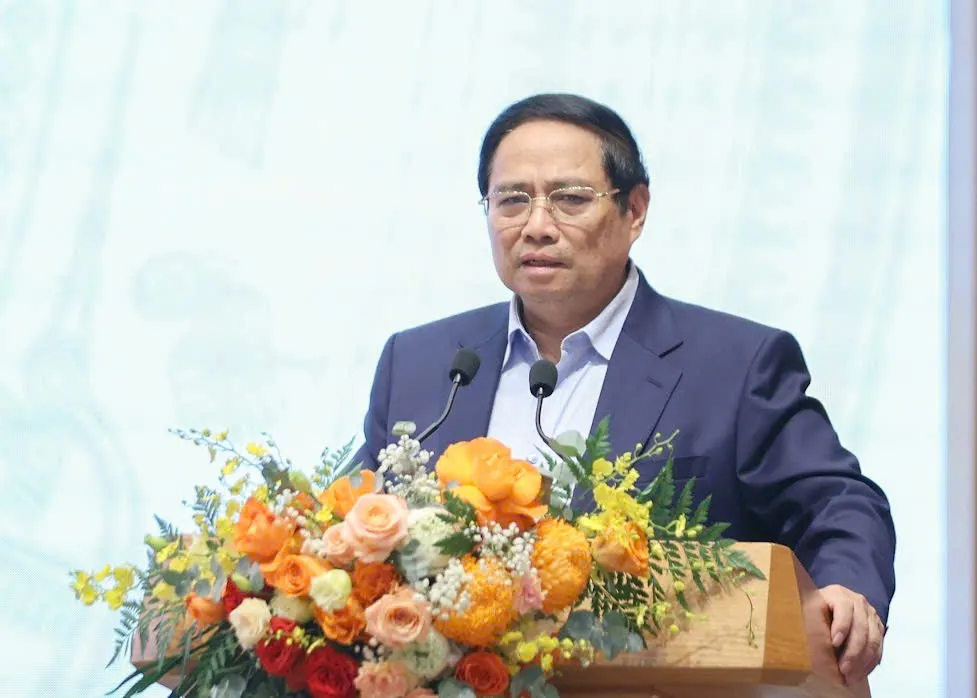
Information at the conference showed that, with the new rural construction program, 79.3% of communes have met the new rural standards, 51% of district-level units have been recognized as meeting the standards or completing the new rural construction task; 12 provinces and cities have been recognized by the Prime Minister as completing the new rural construction task.
The poverty rate at the end of 2024 is 1.93 % , down 3.27% compared to the end of 2022, down 1.03% per year on average (achieving the target of reducing 1-1.5% per year). However, there are currently many areas with a poverty rate of over 50%.
For the NTM program, the total mobilized resources by the end of May 2025 is about 3.7 million billion VND (state budget capital 8.8%; capital combined with other programs 7.4%; credit capital 60.8%; mobilized from businesses and people 23.1%).
With the sustainable poverty reduction program, the total central budget capital for the 2021-2025 period is about 44,607 billion VND. Local budget capital mobilized is about 2,882 billion VND. Other mobilized sources are about 8,903 billion VND, including 7,129 billion VND of integrated capital and 1,774 billion VND from people and communities.
Minister of Agriculture and Environment Do Duc Duy presented a summary report on the 2 National Target Programs for the 2021-2025 period; orientations for the National Target Program on New Rural Development and Sustainable Poverty Reduction for the 2026-2035 period, stating that the movements "The whole country joins hands to build new rural areas", "For the poor - No one is left behind", the campaign "All people build new rural areas and civilized urban areas"... have a strong and widespread influence in the entire political system and all classes of people, strongly promoting the role of the people as the main subjects in building new rural areas and sustainable poverty reduction. In particular, millions of households have voluntarily donated more than 98.2 million square meters of land, contributing tens of thousands of billions of VND and working days to build new rural areas.
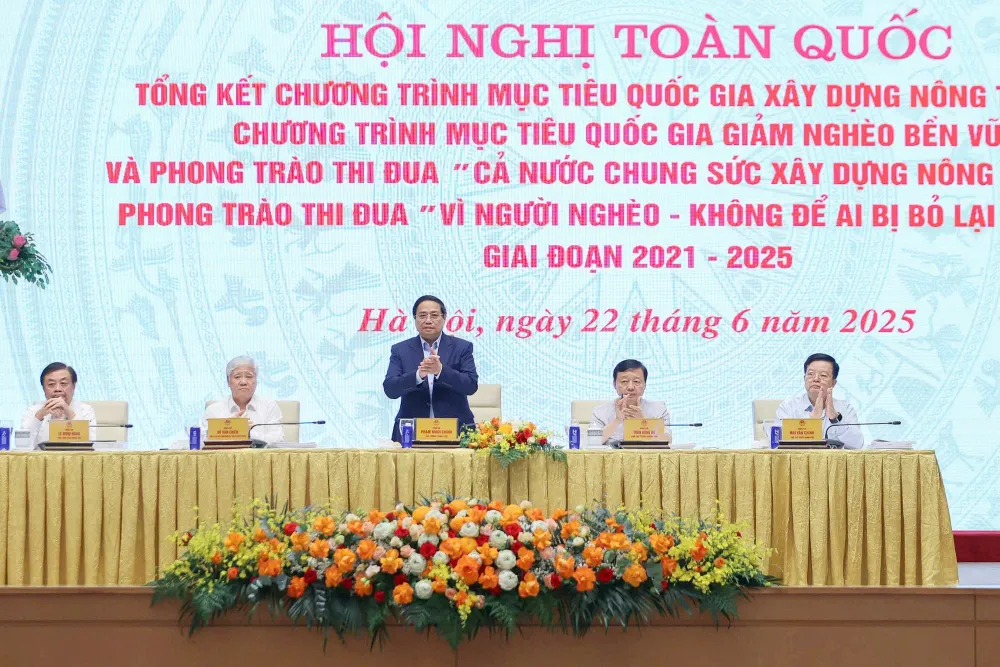
Regarding the program orientation for the period 2026-2035, the goal is to build a modern, comprehensive, sustainable new rural area that is adaptable to climate change. Strive to have per capita income in rural areas increase at least 2.5 times by 2030 compared to 2020; no more poor households according to the multidimensional poverty standard for the period 2022-2025; maintain a reduction in the average multidimensional poverty rate of 1-1.5%/year, poor communes reduce at least 3%/year. By 2030, at least 80% of communes nationwide will meet the new rural standards, about 6-8/34 provincial-level units will be recognized for completing the goal of building new rural areas, of which 2-3 provincial-level units will be recognized for completing the goal of building modern new rural areas...
Speaking at the conference, Vice Chairman of the National Assembly Le Minh Hoan emphasized that in the future, building new rural areas with a larger provincial and communal space requires a different approach. The communal development space is not only a production space but also a space integrating culture, society, and community, in which the capacity and knowledge of rural residents are decisive factors.
In his concluding remarks, Prime Minister Pham Minh Chinh emphasized that reality has shown that the development and implementation of Resolution 26-NQ/TW on agriculture, farmers and rural areas is correct, appropriate, effective and has brought about very positive results. Vietnam has become a world model in achieving the millennium goals, including poverty reduction, rural development and clean water supply.
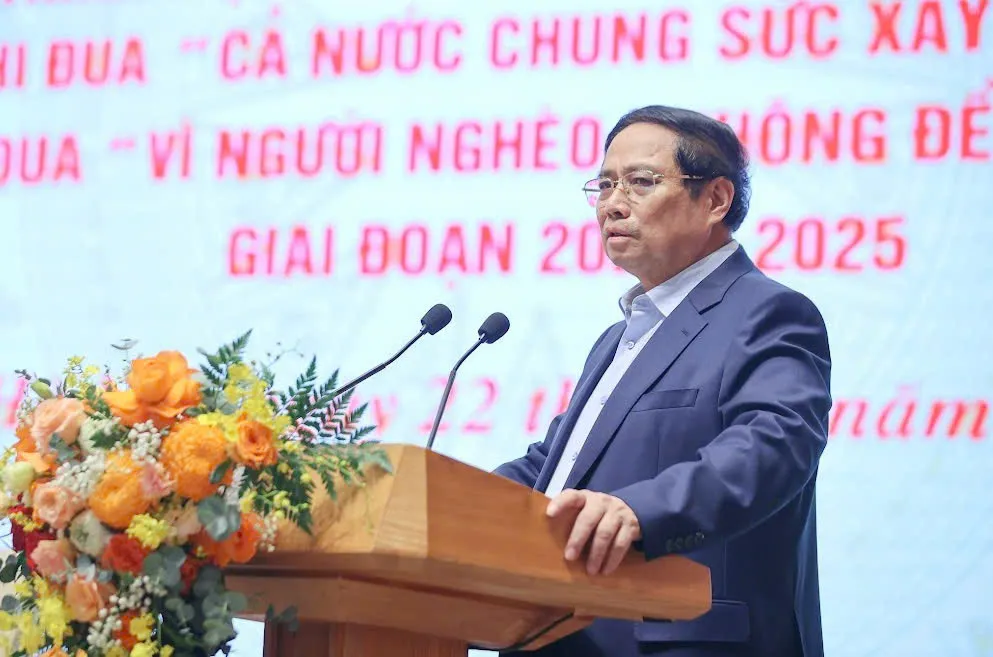
Prime Minister Pham Minh Chinh stated that agriculture is the pillar of the economy. We take farmers as the center, agriculture as the driving force, and rural areas as the foundation. The majority of Vietnamese people live in rural areas, and the number of workers in the agricultural sector accounts for a large proportion.
Regarding the upcoming orientation, the Prime Minister stated that, according to the orientation of national development in the new era, the era of striving to develop into a rich, civilized, and prosperous nation; we continue to implement programs and emulation movements, persistently and steadfastly to achieve the goal of building ecological agriculture, modern countryside, and civilized farmers as set out in the Resolution of the 13th National Congress and the goal of comprehensive, inclusive, and sustainable poverty reduction.
To achieve the set goals, among the solutions, the Prime Minister emphasized promoting the diversification of agricultural products to suit the needs and enjoyment of Vietnamese people and world consumers; diversifying the agricultural supply chain; diversifying agricultural export markets. The Prime Minister gave the example of Halal food products with 2 billion users worldwide...
For farmers, the Prime Minister proposed implementing "3 pioneering": pioneering in escaping poverty and competing to get rich from hands, minds, land, sky, and sea; pioneering in building civilized farmers; pioneering in green, sustainable production, digital transformation, and especially implementing the Digital Literacy Movement, building a digital economy, digital government, digital society, and digital citizens.
Assigning specific tasks to ministries, branches and levels, the Prime Minister requested to focus on urgently building the National Target Programs on New Rural Development and Sustainable Poverty Reduction for the 2026-2035 period in an integrated direction. "The policy must be correct, consensus must be high, implementation must be effective and the enjoyment of the people must be substantial, so that farmers can truly feel the results, not empty words or empty promises," the Prime Minister emphasized.
Source: https://www.sggp.org.vn/giai-doan-2026-2035-xay-dung-nong-thon-moi-hien-dai-toan-dien-ben-vung-post800527.html


![[Infographic] Notable numbers after 3 months of "reorganizing the country"](https://vphoto.vietnam.vn/thumb/1200x675/vietnam/resource/IMAGE/2025/10/4/ce8bb72c722348e09e942d04f0dd9729)
![[Photo] Students of Binh Minh Primary School enjoy the full moon festival, receiving the joys of childhood](https://vphoto.vietnam.vn/thumb/1200x675/vietnam/resource/IMAGE/2025/10/3/8cf8abef22fe4471be400a818912cb85)






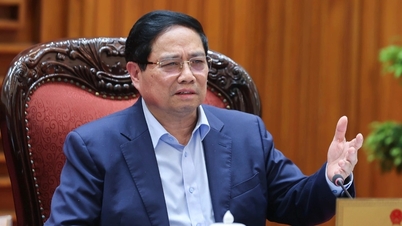


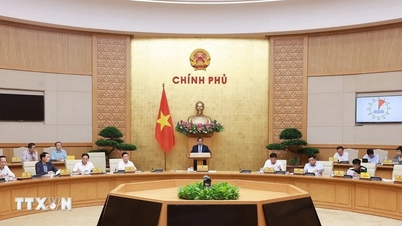

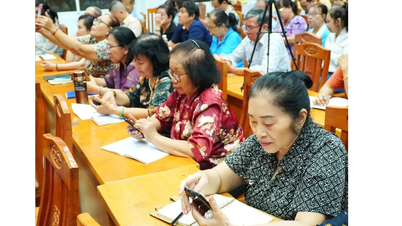
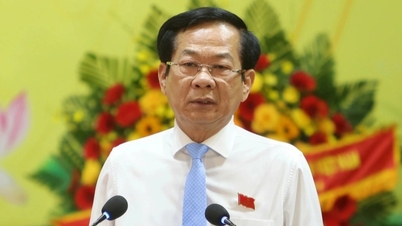
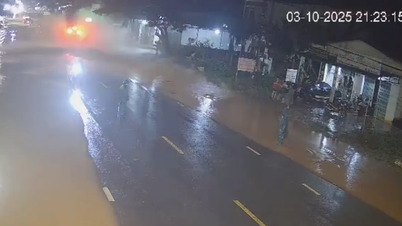
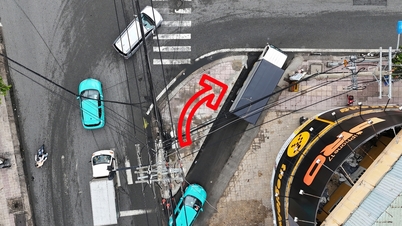


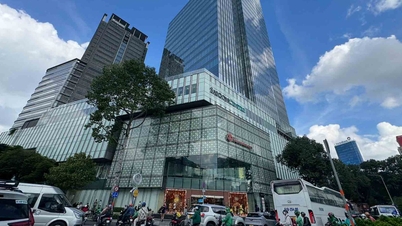
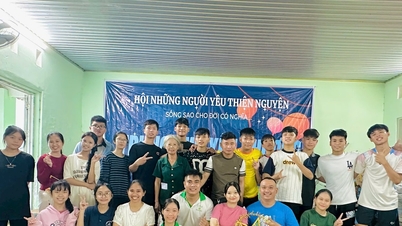

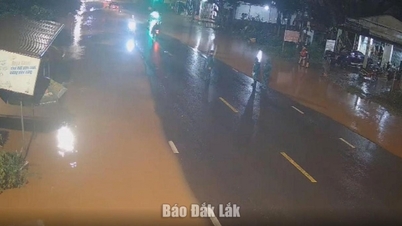





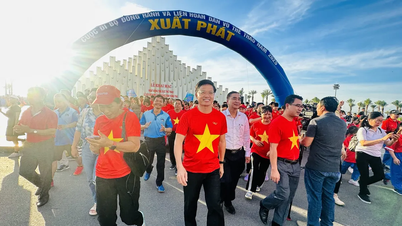
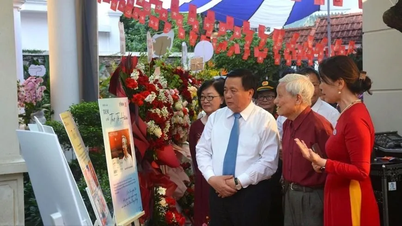

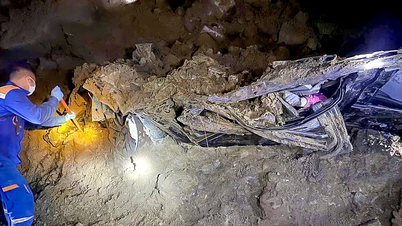
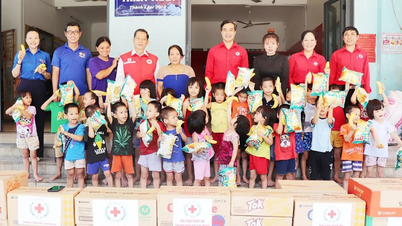
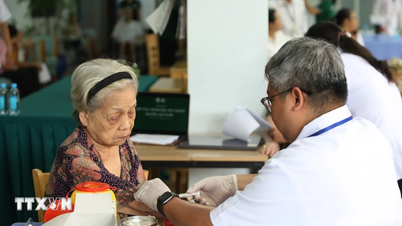
![[Photo] Prime Minister Pham Minh Chinh chairs meeting to deploy overcoming consequences of storm No. 10](https://vphoto.vietnam.vn/thumb/1200x675/vietnam/resource/IMAGE/2025/10/3/544f420dcc844463898fcbef46247d16)

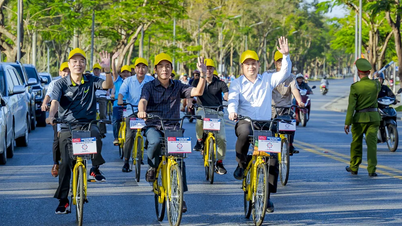

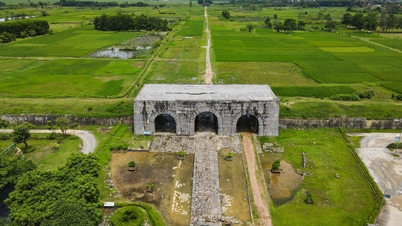







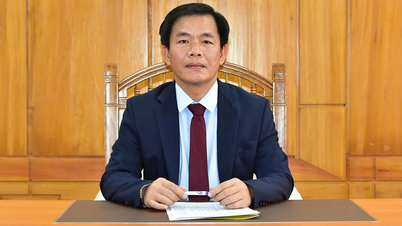


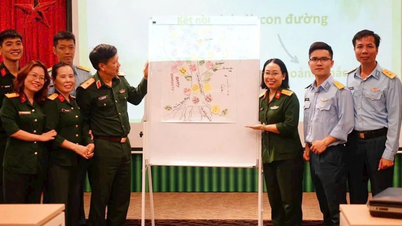



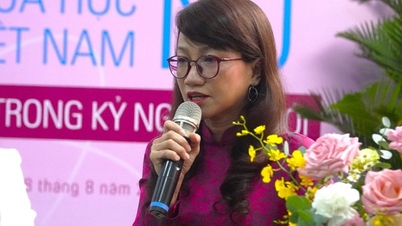

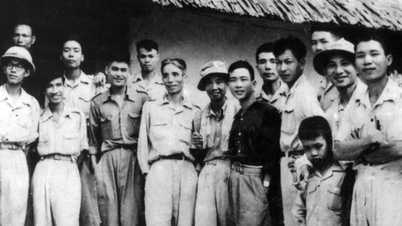



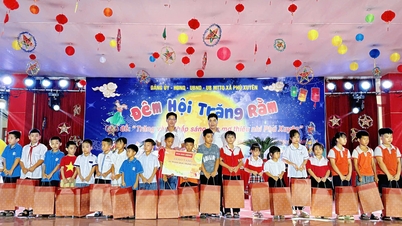


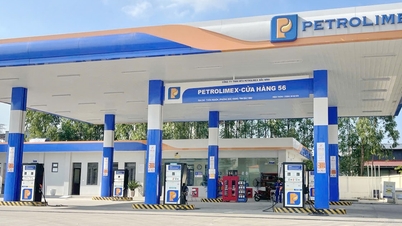
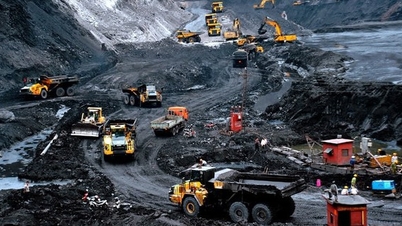


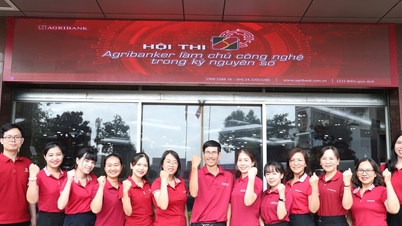
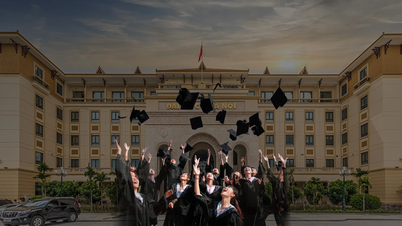




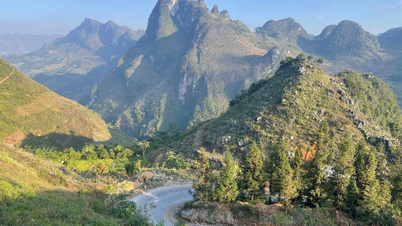

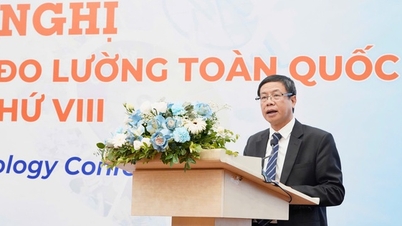

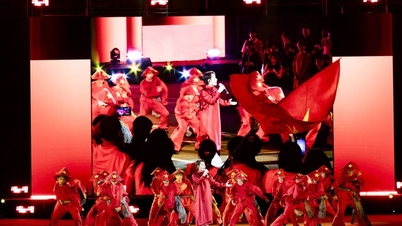


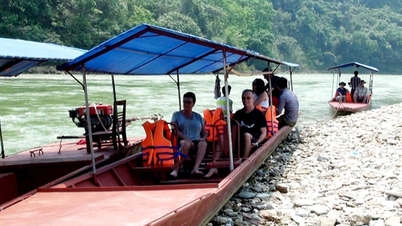


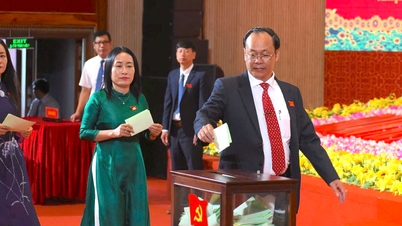



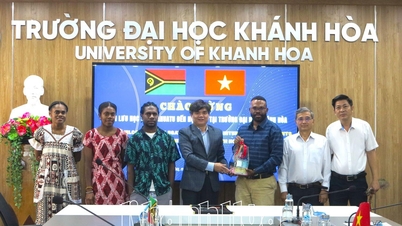

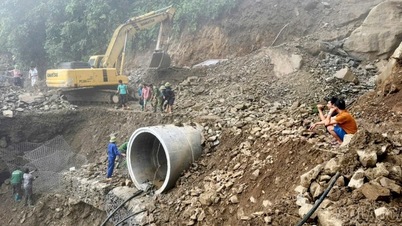

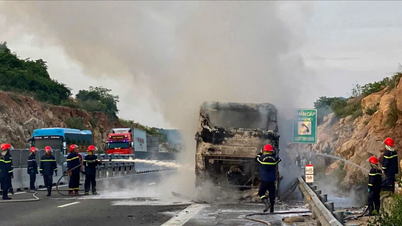
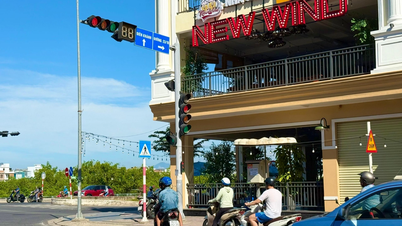
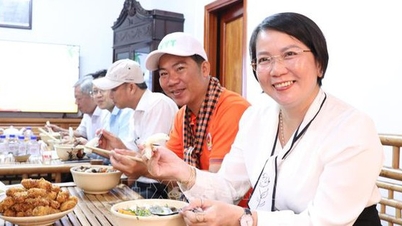





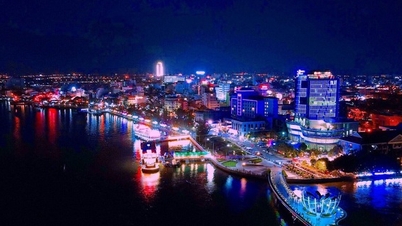





Comment (0)